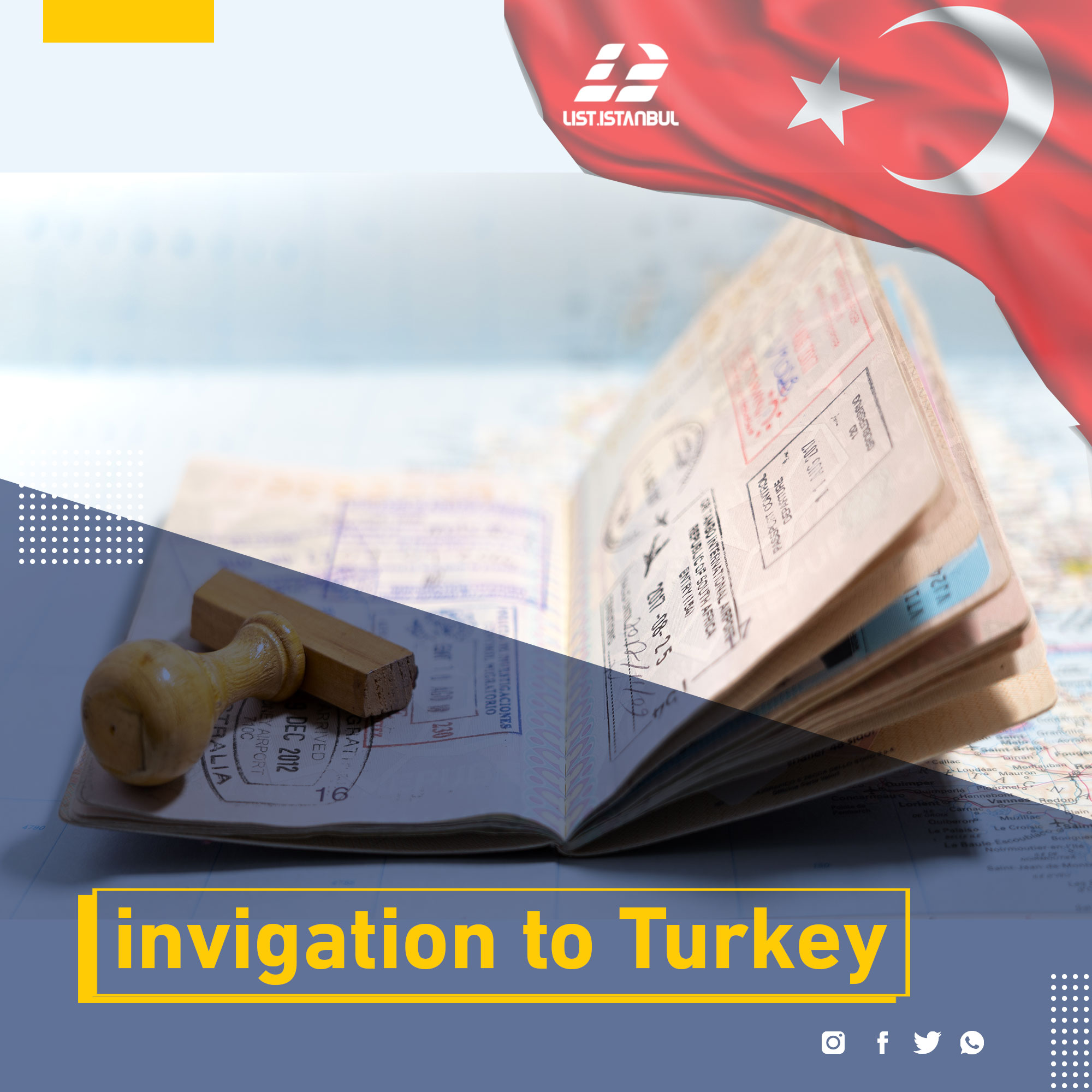The construction of the Museum of the Presidency of the Institute of Military and Strategic History of the General Staff in the command of the cultural site and the military museums consists of the buildings that were later added to the historical building that was used as a military school in the final phase of the Ottoman era.
The military is located in a war zone in the Shishli region of the European section of Istanbul.
After the conquest of Constantinople, Muhammad the Conqueror converted the Ayia Irene church to a weapons storehouse. When Sultan Ahmed III, in 1726, organized the depot in a way that was easily accessible and saw the desired weapon, the first bases of the military museum were laid. He placed a plaque on the door of the depot with the name of the weapons house.
In 1807, the robbers were robbed by the opponents of the overthrow of Sultan Selim III. In 1826, following the closure of the Society of Renewal, many of them were destroyed.
After these incidents, the place lost its importance until it was used in 1839 as a repository of weapons. Then, with the help of the artillery trainer Ahmed Fathi Pasha, an inventory of the artifacts in the church of Ayia Irene was returned. In 1846, the first military museum was built in the modern sense. It was composed of two sections: the weapons complex and the ancient antiquities complex. But was rebuilt into a weapons store again during the reign of Sultan Abdul Aziz (1861 - 1876).
The artifacts of the weapons complex that formed the core of the military museum were: weapons, slabs, swords, scoops, army scales, and so on. The antiques department of the Antiquities Department, which later included the antiquities collection, included: mummies from Egypt, Chinese porcelain, manuscripts, and other artifacts.
After the declaration of the second conditionality and with the efforts of the Artillery Commissioner Ali Reza Pasha, the Committee for the Establishment of the Berksa Museum was formed. The head of the British Engineers Association, Frik Ahmed Mokhtar Pasha, collected many of the scattered artifacts. As a result of these attempts a large number of artifacts were collected in the church of Ayia Irene. The Museum of Ottoman Military, which was also organized from time to time concerts by elements of the Ottoman military parade "Mehtar".
After the outbreak of the Second World War, the church of Ayia Irene was transferred for security reasons to the city of Niede. After the end of the Second World War, this collection of 7000 pieces was transferred to the Magka arms warehouse. As a result, Old Warfare. In 1967, the project of opening the first section of the military museum known today, which was signed by the architect Nazih al-Dan, was completed. The building was not completed in 1986 except in 1993.
The museum contains 55,000 artifacts including medals, flags, banners, military uniforms, armored shirts, shields, paintings, various types of weapons, and so on. The basement consists of the following:
Sultan Mehmet Al-Fateh and Sultan Suleiman Hall, Firearms Hall, Artillery Art Gallery, Ataturk Institute, Mihtar Martial Arts Hall, Acute Weapon Hall, Horse Riding Hall, Lounge, Somalia Hall, Bosna and Kosova, The exhibition of martyrs, the tent exhibition, the military clothing.
The upper floor consists of: Ethnic Antiques Hall, Ataturk Hall, Armenian Question Book Hall, Manuscript Hall and Royal Decrees, Selim Hall III, President's Lounge Kanana and Ran, Ginka Castle Battle Hall, World War I Hall, Chiefs of Staff Hall, Independence War Hall.
Among the artifacts are: 14 Swords of Sultan Suleiman the Magnificent, as well as the cloth of the jubbeh which covered his horse, decorated flags of the Mamluk sultans and Persian kings, the Byzantine iron chain that surrounded Constantinople before the Ottoman conquest, swords belonging to the Crusader soldiers, Mahmoud II, different antiques for Ataturk and other valuable artifacts.
The artistic performances offered by the Ottoman Military Display Department "Mehtar" daily from 3:00 to 4:00 in the Hassan Rida exhibition hall attract the attention of visitors to the museum greatly.








